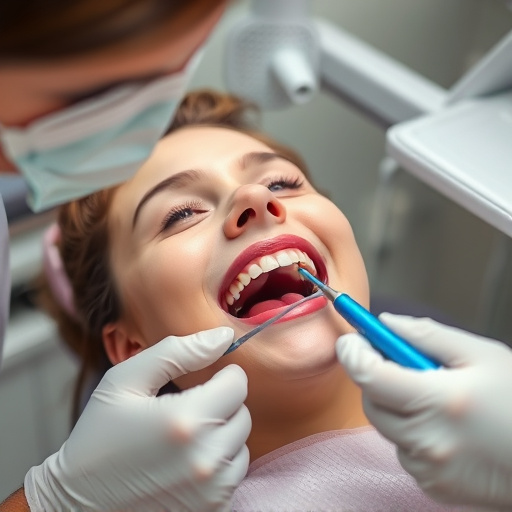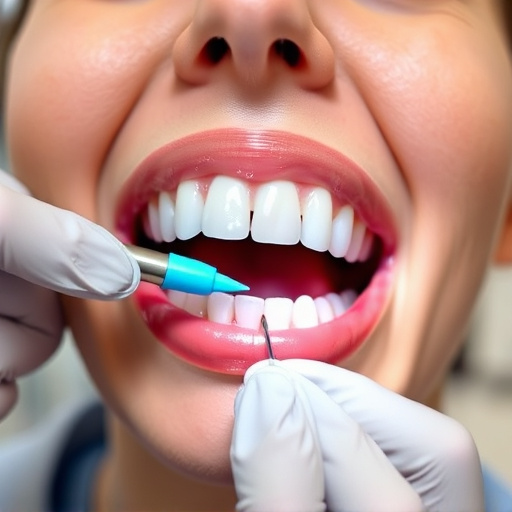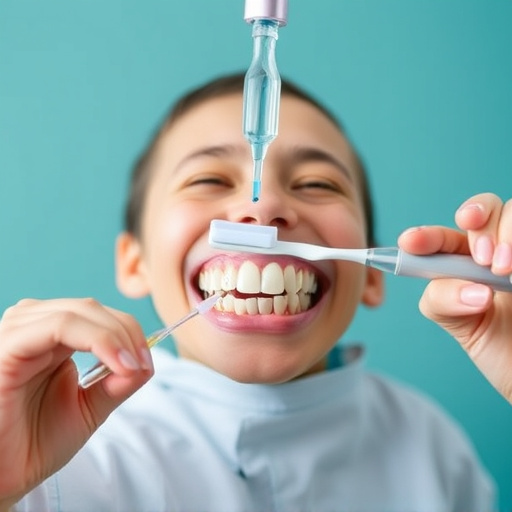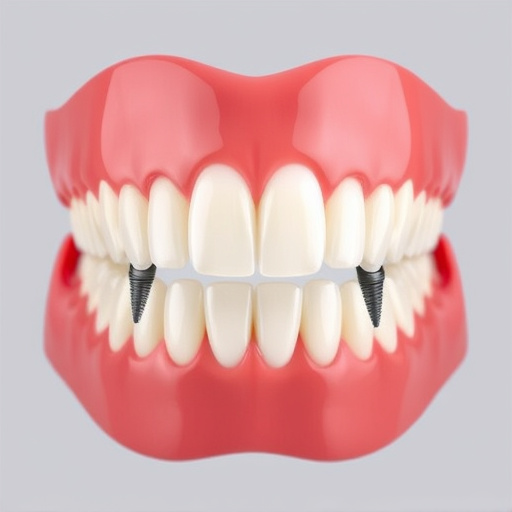Persistent bad breath hides dental and health issues, highlighting the importance of understanding and treating causes like poor oral hygiene, gum disease, and bacterial buildup. Regular exams, preventive dentistry, teaching children proper hygiene, and deep cleaning treatments address these issues. Adopting a rigorous routine including brushing, tongue scraping, flossing, interdental brushes, professional cleanings, hydration, and dietary adjustments maintains optimal oral cleanliness and freshness through deep cleaning treatments.
Bad breath that persists can be a source of discomfort and self-consciousness. Understanding its causes, often rooted in oral health issues like gum disease or food debris buildup, is the first step to overcoming it. This article explores the profound benefits of deep cleaning treatments for managing bad breath effectively. We’ll guide you through a comprehensive routine, empowering you to take control with simple yet powerful steps, all centered around the transformative potential of deep cleaning treatment.
- Understanding the Causes of Persistent Bad Breath
- Unveiling the Power of Deep Cleaning Treatments
- Step-by-Step Guide to Effective Deep Cleaning Routine
Understanding the Causes of Persistent Bad Breath
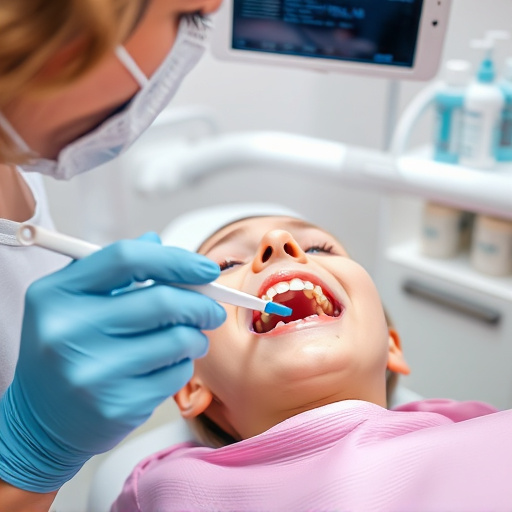
Persistent bad breath can be a sign of various dental and health issues that often go unnoticed. It’s important to understand the underlying causes to effectively manage and resolve this concern. One of the primary culprits is poor oral hygiene, where food particles and bacteria accumulate in the mouth, especially along the gum line and tongue. This buildup can lead to gum disease, tooth decay, and other infections, all of which contribute to bad breath.
Regular routine oral exams and preventive dentistry play a crucial role in maintaining oral health. During these visits, dental professionals can identify early signs of gum inflammation or bacterial growth that may be causing persistent bad breath. Additionally, children’s dentistry emphasizes the importance of teaching young patients proper brushing and flossing techniques to prevent bad breath from an early age. Proper oral care routines complement deep cleaning treatments for optimal results.
Unveiling the Power of Deep Cleaning Treatments

Deep cleaning treatments offer a powerful solution for managing bad breath, addressing underlying issues that conventional oral hygiene practices might miss. These advanced procedures delve into the intricate corners of the mouth, targeting bacteria and plaque buildup, especially in hard-to-reach areas. By uncovering the hidden causes of halitosis, deep cleaning treatments provide lasting relief from persistent odors.
This process often involves specialized tools and techniques to thoroughly clean dental pockets, remove tartar deposits, and restore oral health. In some cases, it may include recommendations for tooth repair, cosmetic fillings, or even dental crowns to fortify weakened teeth, further enhancing the overall cleanliness and freshness of the mouth.
Step-by-Step Guide to Effective Deep Cleaning Routine
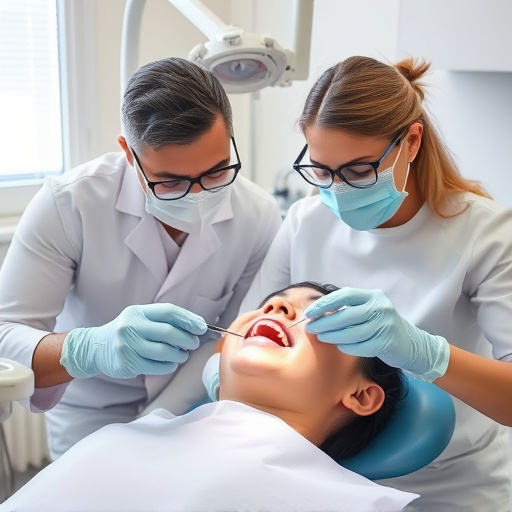
To tackle bad breath effectively, adopting a deep cleaning routine is essential. Start by brushing your teeth thoroughly for at least two minutes, ensuring every surface is cleaned. Use a soft-bristled brush and fluoride toothpaste to remove plaque buildup, which can be a significant cause of halitosis. Next, incorporate tongue scraping into your oral care regimen. The tongue harbors bacteria that contribute to bad breath, so gently cleaning it can significantly improve overall mouth cleanliness.
For a more in-depth deep cleaning treatment, consider using dental floss and an interdental brush. Floss carefully between each tooth, dislodging food particles and reaching areas a regular brush might miss. Interdental brushes are particularly useful for navigating around fillings, crowns, or other dental work. Additionally, schedule regular visits with your dentist for professional cleanings, which can remove stubborn tartar buildup that even the most diligent brushing and flossing may overlook. Combining these steps with good oral hygiene practices, including staying hydrated and avoiding garlic, onions, and certain spices known to affect breath, will result in a fresh, clean mouth and improved overall oral health.
Deep cleaning treatments prove highly effective in managing bad breath by addressing oral health issues at their root. By understanding the causes of persistent bad breath and implementing a step-by-step deep cleaning routine, individuals can significantly improve their overall oral hygiene and freshen their breath. Regularly incorporating deep cleaning into your dental care regimen is a powerful way to maintain a healthy mouth and boost confidence in social situations.











